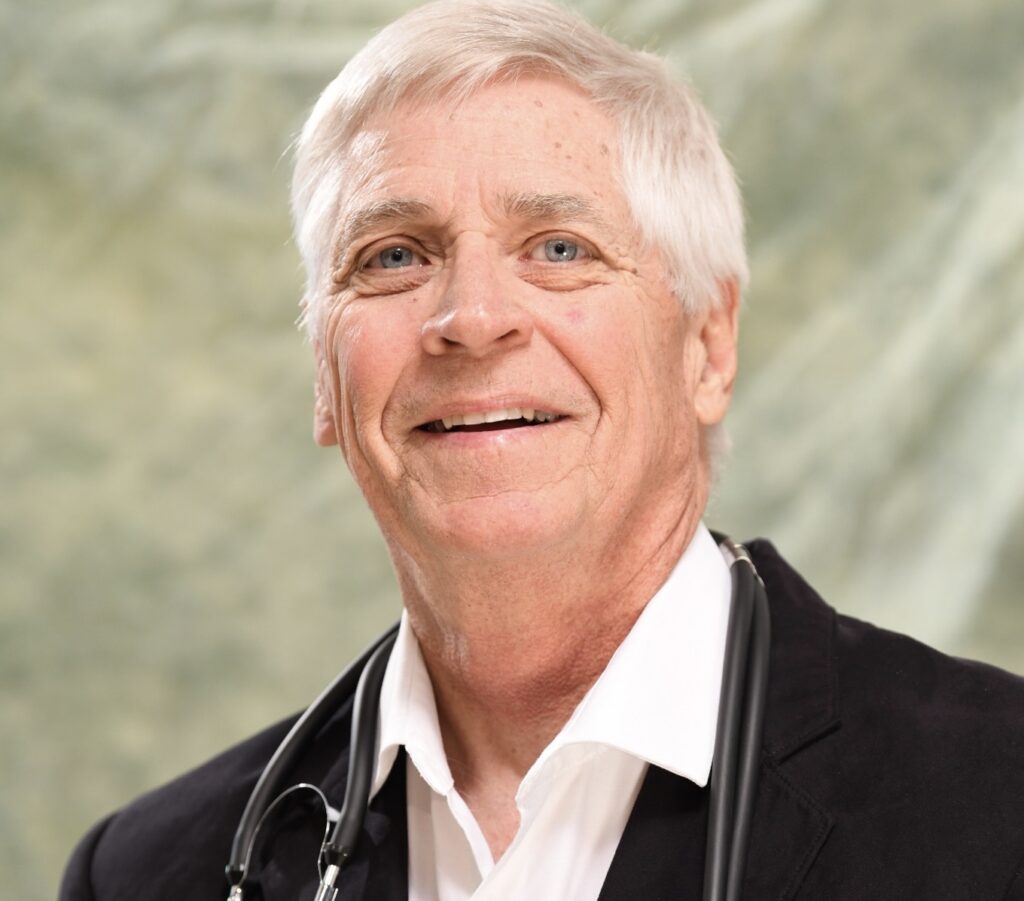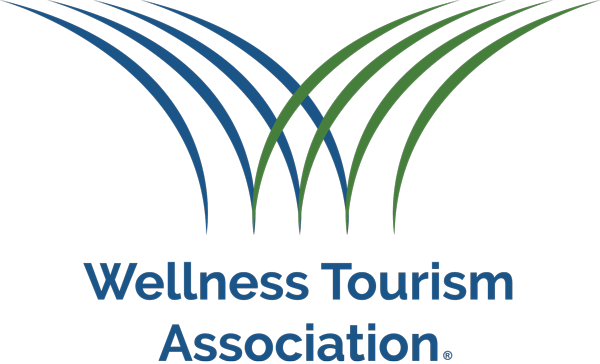
Santa Barbara-based physician, author and anti-aging research clinician, Dr. Ron Kapp sees aging as a treatable disease, not an unavoidable fate. Classically trained in allopathic medicine, he has a Post Graduate degree from St. Louis University and a Sports Medicine Fellowship from Albert Ludwigs University, Germany.
Dr. Kapp is passionate about functional medicine as a modality to prevent the chronic diseases of aging and prolong life. His most recent book on the topic is titled Passion to Live: The New Science of Wellness, Longevity & Optimal Brain Performance. Here for our readers, Dr. Kapp covers a few highlights from his presentation.
Highlights from the IWTC session: Enhancing Longevity – A Science, A Way of Life & How Wellness Tourism Can Help
I firmly believe that growth and success in life are dependent on CANI – defined by Tony Robbins in his book Personal Power as “constant and never-ending improvement.”
On a personal level, wellness and longevity remains a step-by-step approach to behavioral change for the better. Few can make drastic and dynamic changes in their lives; however, everyone can make small, incremental improvements. It will take effort and some work to reach the age of 100 or even 150, as some scientist say is possible, but with a profound ‘WHY’ that provides inspirational fuel, plus taking advantage of new, innovative and proven scientific discoveries, it can be done.
Here are eight terms to have in your Longevity Glossary.
mTOR (mechanistic target of rapamycin)
The immunosuppressant medicine, Rapamycin, was FDA approved in 1999 (although initially discovered in soil from Easter Island in 1965) to prevent organ transplant rejection. However, at low dose, 5 to 10 mg once weekly, studies are now showing that this oral medicine may in fact extend human life. It is not yet ready for “prime time,” but hundreds of people are already being prescribed this pill for longevity. The goal is to lower your personal mTOR level which then activates the process of autophagy, which is a fundamental survival circuit in all human cells.
Low mTOR = Extended Longevity.
AMPK – Another ‘survival pathway’ is known as the AMPK (the energy enzyme) pathway. However, in this case, we desire an elevated AMPK level. There are a variety of proven supplements that increase AMPK. This pathway is monitoring our energy levels (via ATP) and remains an active area of research. The common diabetes medicine, Metformin, has been shown to activate the AMPK pathway.
High AMPK = Extended Longevity.
SIRTUINS – all human cells contain a type of protein called ‘sirtuins,’ of which there are seven forms. This third survival pathway is the most recently discovered. Sirtuins are activated & fueled by the compound known as NAD+. However, NAD+ is a large, complex molecule and is often given via an IV. Fortunately, oral ‘precursor molecules’ (either NR (nicotinamide riboside) or NMN (nicotinamide mono nucleotide)) can be reasonably purchased and taken orally; and in fact, are more effective than even IV therapy, as they increase overall NAD+ levels (which naturally decline as we age.) {NMN supplementation may soon require a physician prescription per new FDA regulations.}
High Sirtuins = Extended Longevity.
TO READ THE REMAINDER OF THIS FASCINATING ARTICLE ON LONGEVITY PLEASE LOGIN TO THE MEMBERS ONLY SECTION

